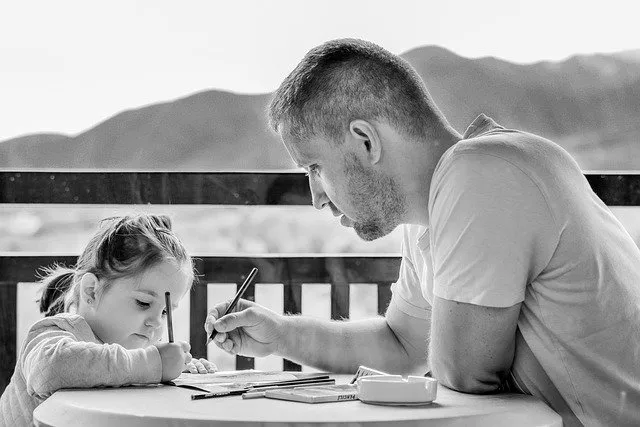The main difference between learning and studying is that learning involves acquiring knowledge and gaining experience and can take place in both formal and informal settings, whereas studying is the process of learning and searching for information, and it often takes place in a formal setting.
Although both learning and studying involve acquiring knowledge, there are several differences between the two practices.

What is Learning
Learning refers to the gaining of knowledge or skills or being taught or experiencing something. People can learn many things using different methods. We may learn through our own experiences or from the teachings of another person. We can also learn by watching the news or an instructional video. There are also things we can learn by talking to another person or listening to another person. Learning can take place in both, a formal context and an informal context. However, a formal context is not compulsory in the process of learning. Learning involves all five senses. The use of the five senses helps a person to learn more things.
Learning refers to acquiring knowledge, skills, or experiences through formal or informal settings. It’s a dynamic, interactive process that engages all five senses.
Key Features of Learning:
- Multisensory Engagement: Uses sight, sound, touch, taste, and smell.
- Flexible Contexts: Occurs in classrooms, workplaces, or daily life (e.g., watching tutorials, hands-on practice).
- Structured Stages: Includes acquiring, applying, assessing, and refining knowledge.
- Real-World Experience: Emphasizes practical application and transformation of ideas.
Example: Learning to cook by experimenting with recipes vs. memorizing a cookbook.
In the context of education, learning is described as a process with different stages, such as procure, apply, consider, and transform. In the first stage, a student may gain skills and ideas. After acquiring and learning new ideas, the students can apply and practice what they have gained. In the next stage, the results gained in the first two steps are assessed. In the last stage, the assessed knowledge is modified carefully. Many schools and educational institutes around the world apply this process in the teaching and learning process. More importantly, learning is an interactive process since people learn through hands-on experience.
What is Studying
Studying is the process of learning and finding information. People use different tools like books and computers to acquire information in the process of studying. For example, if a person studies history, he may read the facts and information in history books. Generally, people study because they want to learn something. Most of the time, studying takes place in a formal environment.
Key Features of Studying:
- Formal Settings: Occurs in schools, libraries, or online courses.
- Passive Techniques: Relies on reading, note-taking, and memorization.
- Source-Dependent: Uses books, articles, or digital tools to gather facts.
- Skill Development: Builds critical thinking and analytical abilities.
Example: Studying history by reading textbooks and analyzing primary sources.
Studying at school is very important since it provides many essential skills for students. When studying, he or she has to fully understand the facts and information he/she is studying. In fact, understanding is very important in the process of studying. In the procedure of studying, the students absorb knowledge from different sources. Furthermore, studying is considered a passive process where the learners use different techniques. For example, some students read loudly, whereas some students read slowly when gaining knowledge. At the same time, some other students make short notes from master notes or books. The use of studying techniques may vary from one person to the other. Revision is another form of practice that helps students study.

Similarities Between Learning and Studying
- Both learning and studying help the learners to gain knowledge.
- Learners use different strategies when they are learning and studying.
Difference Between Learning and Studying
Learning vs Studying: 5 Core Differences
| Aspect | Learning | Studying |
|---|---|---|
| Definition | Gaining knowledge through experience. | Systematically searching for information. |
| Nature | Interactive, hands-on. | Passive, research-focused. |
| Context | Formal and informal settings. | Primarily formal environments. |
| Knowledge Source | Experience, observation, practice. | Books, articles, lectures. |
| Outcome | Practical skills & adaptability. | Theoretical understanding & retention. |
Conclusion
The main difference between learning and studying is that learning involves acquiring knowledge and gaining experience, and it can take place in both formal and informal settings, whereas studying is the process of learning and searching for information, and it often takes place in a formal setting.
Reference:
1. “Study skills.” Wikipedia. Wikipedia Foundation.